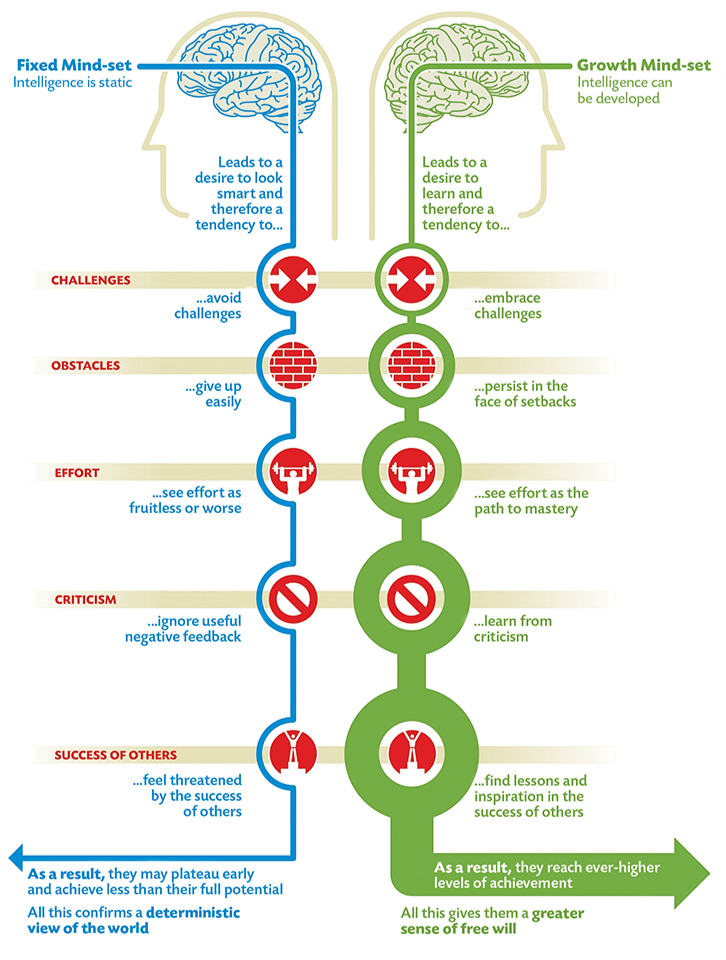Power Dynamics in Education
- carolinetoop0
- Jan 3
- 2 min read
Stephen Brookfield discusses the impacts of teacher and student power dynamics in chapter eighteen of The Skillful Teacher: On Technique, Trust, and Responsiveness in the Classroom (2015). He discusses various ways in which we can attempt to minimize the harmfulness of this power dynamic, citing that transparency, responsiveness, and being consistently fair are teacher traits which help students feel that the teacher’s power is being justifiability exercised. Brookfield also acknowledges that there are times that students' desires for a safe, comfortable classroom environment may not be met with responsiveness from the teacher, but that this may be justified with the goal of providing diverse and meaningful educational experiences. Brookfield writes: “Sometimes we need students to experience classrooms as unsafe arenas in which they are required to face complexity and explore challenging perspectives” (p. 250).
In education, as in many other arenas in life, nothing is black and white. I feel that creating a congenial and supportive classroom the majority of the time (even in the small one on one moments with students) helps to build a sense of foundational trust. This trust acts as the springboard which allows us to challenge students and force them into areas of discomfort. By building this relationship, students feel comfortable knowing that their efforts in these uncomfortable learning experiences will be met with sincerity and support, and that the teacher is exercising their power for the educational gain of the student. Transparency in disclosing this approach to students would likely also help them feel at ease and more willing to participate in these learning activities.
Reference:
Brookfield, S. D. (2015). The skillful teacher: On technique, trust, and responsiveness in the

classroom (3rd ed.). John Wiley & Sons.




Comments